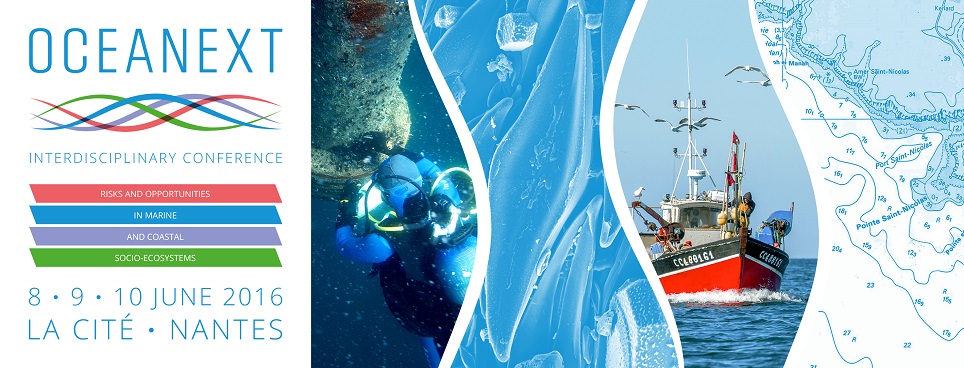Microphytobenthos (MPB) plays important roles in intertidal mudflats ecosystems, such as sediment stabilization and primary production. Remote sensing has been increasingly used to map MPB biofilms that develop during low tide at the surface of sediments. MPB is also resuspended in nearshore waters during ebb and flow, and remote sensing of chlorophyll a (Chla) in turbid waters can be used to complement the study of MPB in intertidal ecosystems.
In the present study, HySpex hyperspectral airborne and MERIS multispectral satellite data were used to investigate the spatial relationship (if any) between the Microphytobenthos Index (MPBI, Méléder et al, 2010) and the concentration of in-water Chla in two important intertidal sites of the French Atlantic coast: the Loire estuary and Bourgneuf Bay.
Because remote sensing methods usually applied to detect Chla in oceanic waters are inadequate in turbid coastal waters whose optical properties are actually closer to those of mudflats, we implemented algorithms that take into account the optical complexity of nearshore waters. Improvements were achieved in the atmospheric correction of MERIS data, as well as in the retrieval of in-water Chla concentration from marine reflectance.
This study is still in progress, but first results have already shown the continuity between high in-water Chla concentrations and the spatial distribution of MPB biofilms at the surface of sediments.

 PDF version
PDF version
